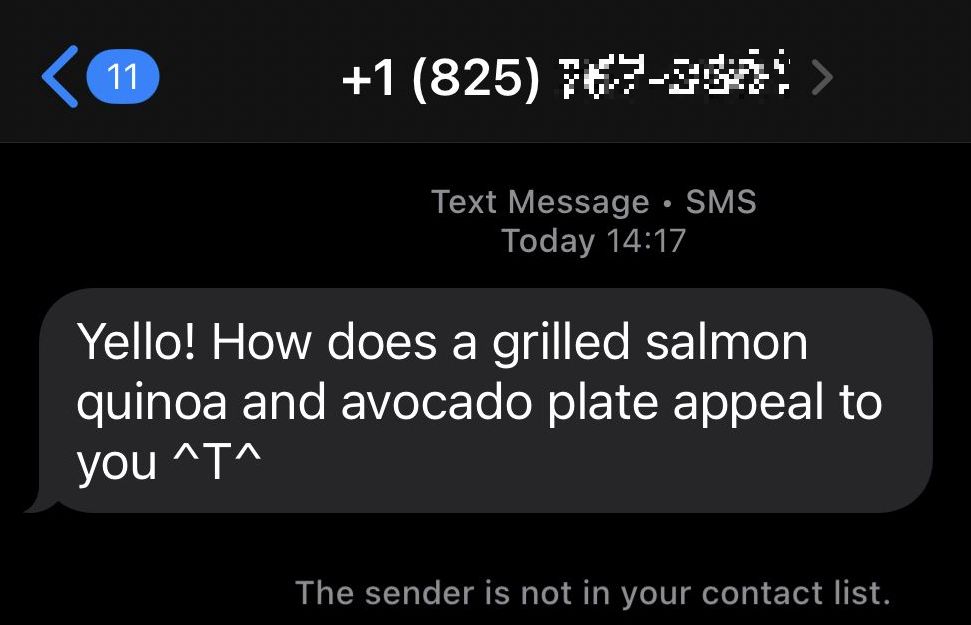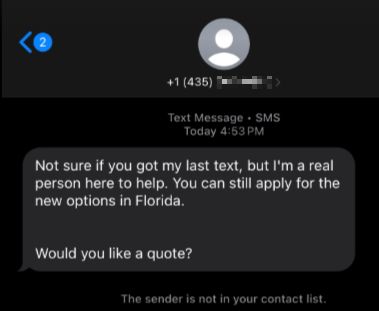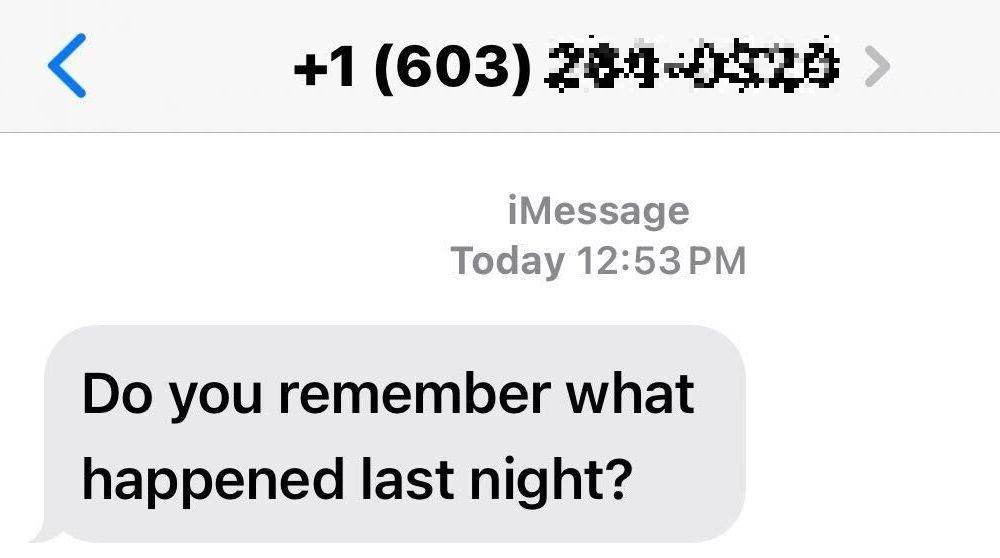Most of us have received those strange, unexpected text messages. They often seem harmless: a single word, a casual “Hey,” a flirty message, or even something that looks like a professional inquiry. But behind these innocent-looking texts is a growing wave of social engineering scams designed to manipulate you into replying.
What These Messages Have in Common
These scam texts follow a pattern:
- They’re brief, to spark your curiosity.
- They pretend to be mistakes, so you feel inclined to reply.
- They often sound harmless or friendly—just enough to disarm you.
But make no mistake: they are deliberate traps crafted to identify potential victims for future scams, whether emotional (romance scams) or financial (investment fraud).
Real-World Examples of Scam Texts
Here are some message types cybersecurity researchers have spotted:
The One-Word Text
Just a simple “Hi” or “Hey,” to trigger curiosity.

The “Do I Know You?” Text
“I saw your number in my contacts… who is this again?”

The Temptation Invite
“BBQ this weekend? Let’s catch up on the beach!”
These texts try to sound casual, fun, and inviting.

The Business Inquiry
“Can I send over a quote?”
Designed to bait professionals into replying.

The Confused Message
“OMG I just woke up… what happened last night?”
Sounds urgent or intriguing—exactly what they want.

As soon as you respond, the scammer may initiate a friendly chat, trying to earn your trust. These conversations often evolve into elaborate scams that could cost you money, expose your data, or compromise your devices.
Why You Should Never Respond
Responding—even to say “wrong number”—can backfire:
- ✅ It confirms your number is active.
- ✅ It marks you as someone who reads and responds to texts.
- ✅ Your number might be added to scammer lists or sold to others.
- ✅ You could be profiled for future attacks. Some scammers compile “mark profiles” based on how and when people respond, collecting data like your time zone, communication style, or interests.
What You Should Do Instead
- ❌ Don’t reply. Ignore the message completely.
- ❌ Don’t click any links included in the message.
- ✅ Block the number.
- ✅ Report the message to your mobile carrier (US users can forward it to 7726).
- ✅ Share examples anonymously to help raise awareness.
One useful tool for this is Malwarebytes Scam Guard, which helps identify and assess suspicious texts before you act.
Stay alert. Scammers rely on emotional reactions and impulsive responses. By staying cautious and informed, you can avoid falling into their trap.
If you’re interested in learning more about how to protect your organization or your personal devices from emerging cyber threats, our team at Nubetia is here to help.
Source: https://www.malwarebytes.com/blog/news/2025/07/that-seemingly-innocent-text-is-probably-a-scam

 Español
Español













